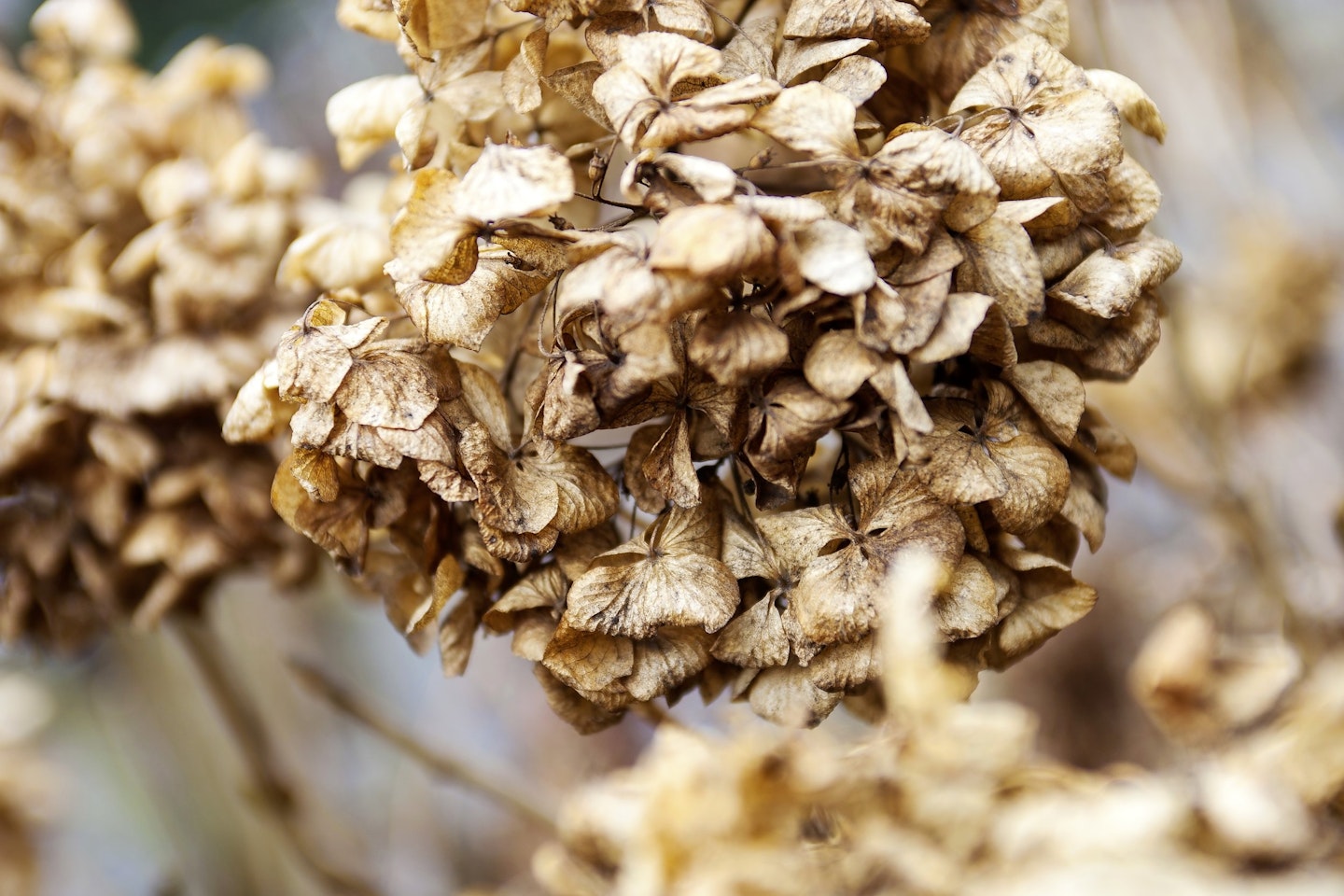That lovely warm spell we had recently really put a spring in people’s step – birds singing, flowers blooming early and bright sunshine. These welcome but slightly alarming bouts of premature spring weather often lull people into a false sense of security, and our plants can make the same mistake!
Take a look around the garden and check for signs of damage to stems and fresh new growth. You’re looking for scorching on leaves, blackened foliage, brown patches, and dead stems. Frosty weather and freezing temperatures can be exacerbated by any harsh winds you’ve had, too, which take moisture away from thirsty evergreens, leading to tip browning. Newly planted specimens and young plants can suffer, as they haven’t had time to establish properly, setting deep healthy roots and mature, more frost-resistant stems and leaves. Thankfully most plants will bounce back – leave them for a few months to see if they regrow.
It pays to think long-term about reducing the potential effects of frost damage in your garden, by using hardier plants and making sure you site tender plants in warmer, sunny, sheltered pockets. However, here are some more immediate measures to keep your plants safe from further frosts – and to treat the damage now.
Top Tips on how to protect you plants
Top Tip 1
Add a layer of mulch around tender plants and evergreens to protect the roots and soil.
+mulch+GNNH171132.jpg?auto=format&w=1440&q=80)
Top Tip 2
Cut out frost damage to an undamaged stem or bud, then add general purpose fertiliser.
+Pear+Frost+damage+-+reader.jpg?auto=format&w=1440&q=80)
Top Tip 3
Place exposed containers in a sheltered spot and if frosty is forecast, fleece vulnerable plants.
+GNNH160340.jpg?auto=format&w=1440&q=80)
Top Tip 4
Don’t cut off last year’s old stems until you’re sure the frost has passed. They protect new stems.

